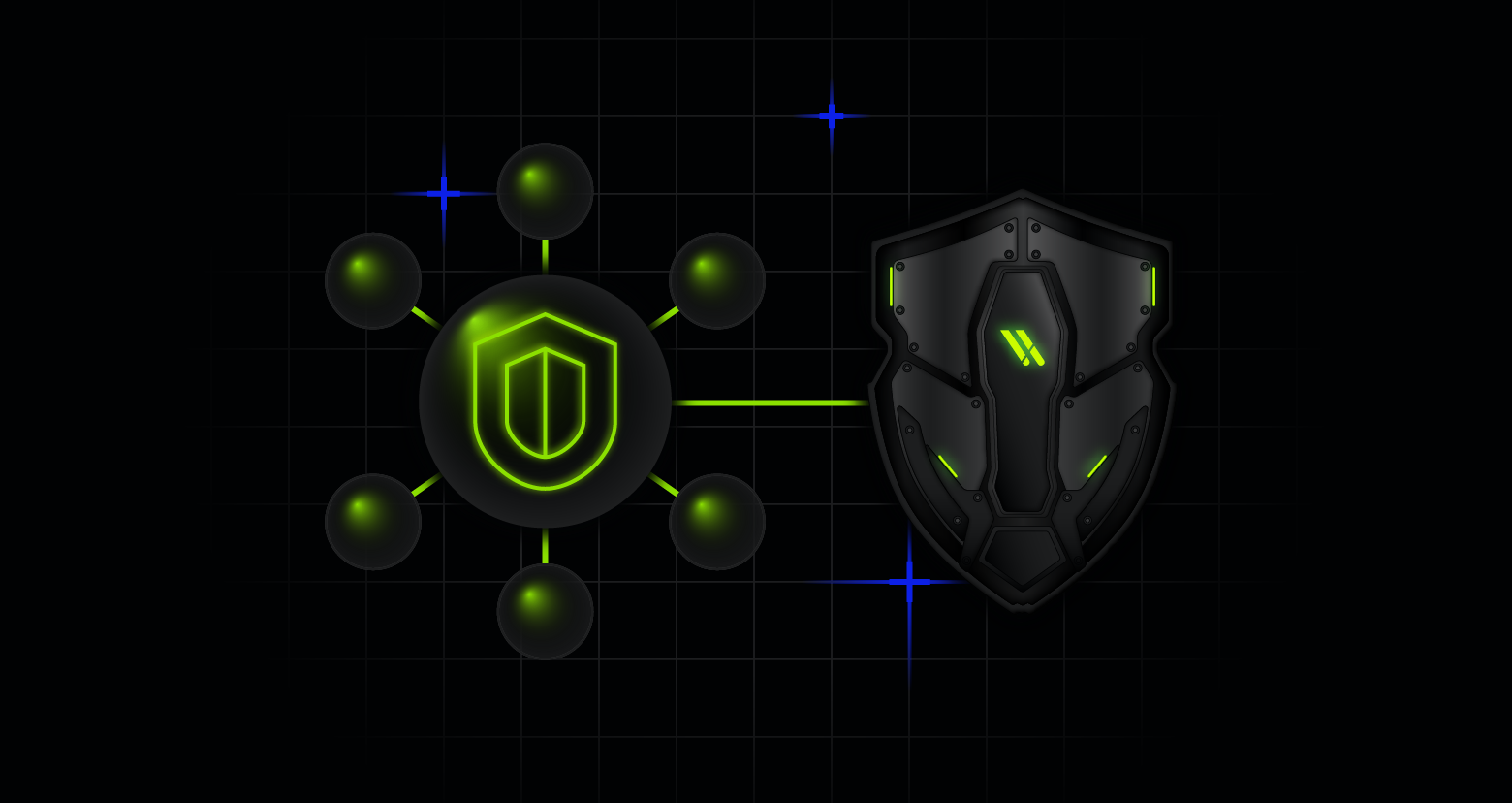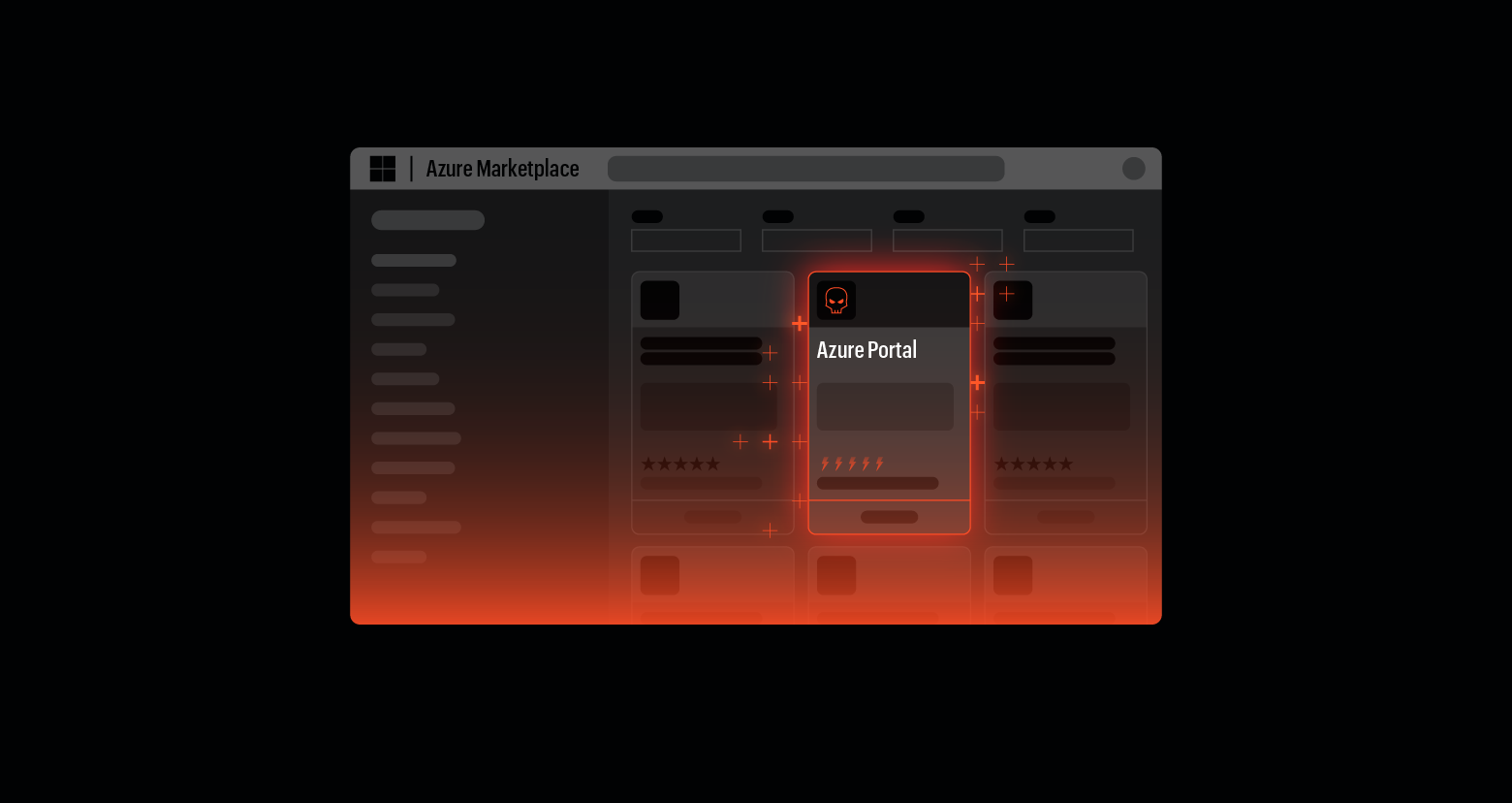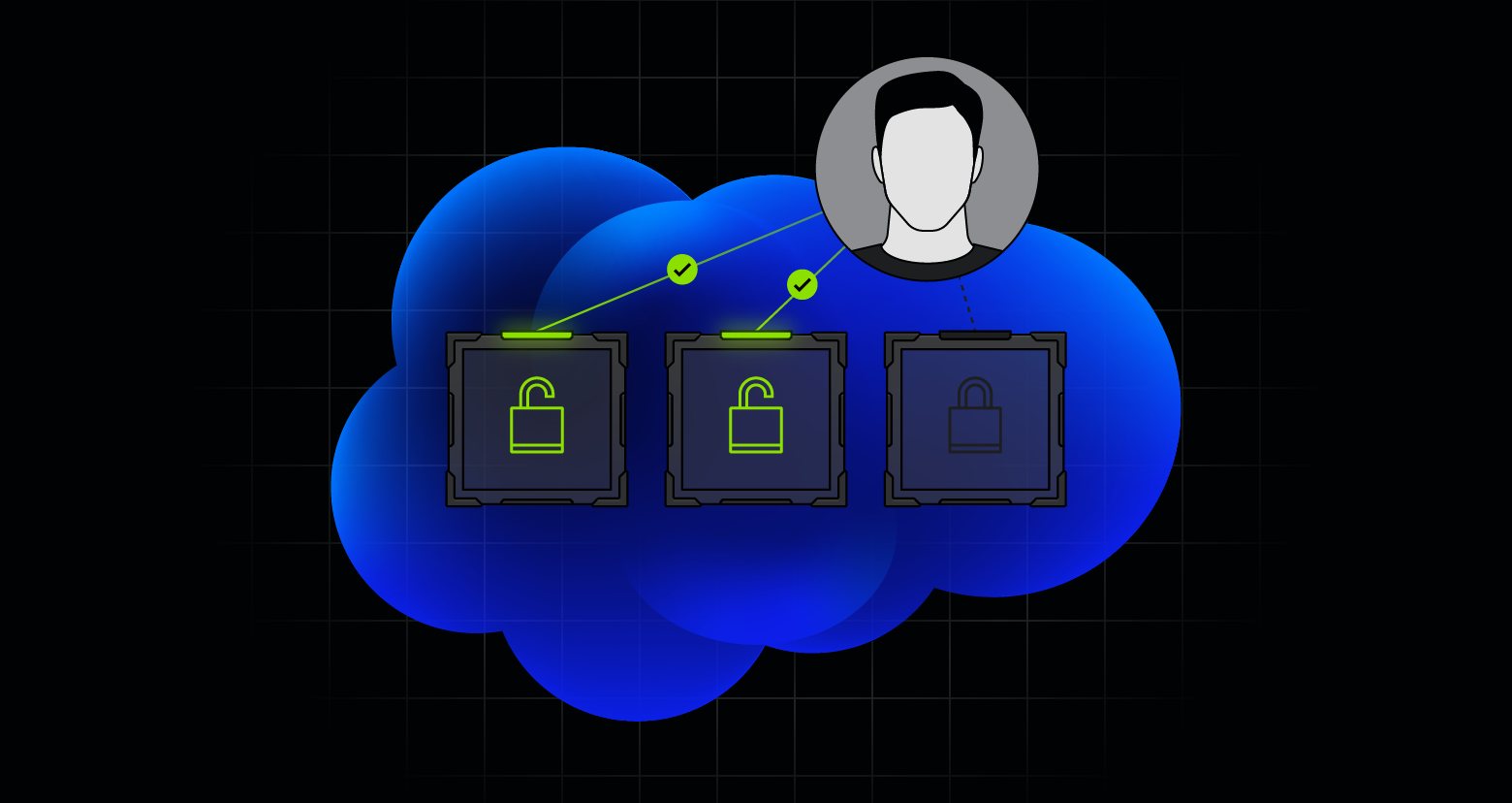Managing infrastructure efficiently and securely is more critical than ever. Infrastructure as Code (IaC) is a transformative approach that allows organizations to define and manage their cloud infrastructure using code. This is important because it brings consistency, repeatability, and enhanced security to cloud operations, addressing some of the most pressing challenges in modern IT environments.
Continue reading to learn more.
Understanding Infrastructure as Code
Infrastructure as Code is a method of defining infrastructure using declarative templates. These templates describe the desired state of the infrastructure and can be interpreted by tools like Terraform or cloud services like CloudFormation to build the specified resources and configurations.
IaC has deep security advantages, concerns, and implications, making it a critical component in modern cloud computing.
Technical points:- Declarative templates: IaC defines infrastructure as declarative templates, which describe the desired state of the infrastructure. Tools like CloudFormation interpret these templates to build out the specified resources.
- CloudFormation: AWS's built-in IaC tool, CloudFormation, uses templates to make a series of API calls to build infrastructure. This tool simplifies managing cloud resources by automating the creation, updating, and deletion of infrastructure.
- Repeatable and consistent builds: IaC provides repeatable, consistent infrastructure builds that are practically self-documented. This ensures that the infrastructure is always built the same way, reducing the risk of configuration drift and making it easier to manage and troubleshoot.
- Deterministic security: IaC templates are deterministic, meaning they build exactly what is specified. This is particularly useful for incident response, as you can compare the current state of an AWS account with the expected state defined in the templates. If there are discrepancies, it can indicate potential security issues or misconfigurations.
- Challenges with IaC: While IaC is powerful, it is not without challenges. Hard-coded credentials or vulnerabilities can lead to conflicts between security automation and deployment automation. Despite these challenges, IaC remains a critical tool for managing cloud infrastructure.
Terraform template for AWS
To illustrate the power and simplicity of IaC, let's look at a Terraform template that creates an AWS S3 bucket. Terraform is a popular IaC tool that supports multiple cloud providers and allows for complex infrastructure setups.
**/
provider "aws" {
region = "us-west-2"
}
resource "aws_s3_bucket" "example" {
bucket = "my-example-bucket"
acl = "private"
tags = {
Name = "My bucket"
Environment = "Dev"
}
}
Explanation:
- Provider: Specifies the AWS provider and the region where the resources will be created.
- Resource: Defines an S3 bucket resource with the name "example".
- Bucket: The name of the S3 bucket.
- acl: The access control list setting for the bucket, set to "private".
- tags: Metadata tags for the bucket, including a name and environment tag.
This template is a simple yet powerful example of how Terraform can be used to manage cloud infrastructure in a declarative manner.
Contextualizing IaC for cloud security
Infrastructure as Code is not just about automating infrastructure deployment; it also plays a crucial role in enhancing cloud security.
By using IaC, organizations can ensure that their infrastructure is built according to predefined security standards and best practices. This reduces the risk of human error and makes it easier to enforce security policies across the entire infrastructure.
For example, IaC templates can be used to create secure configurations for cloud resources, such as setting up secure network configurations, enabling encryption, and configuring access controls. These templates can be version-controlled and reviewed, ensuring that any changes to the infrastructure are properly vetted and approved.
Additionally, IaC makes it easier to respond to security incidents. If an AWS account is compromised, the IaC templates can be used to quickly rebuild the infrastructure in a secure environment, minimizing downtime and reducing the impact of the incident.
The power of simplicity
Infrastructure as Code is a powerful tool that simplifies cloud infrastructure management, enhances security, and provides consistent, repeatable builds.
By leveraging CloudFormation and Terraform, organizations can streamline operations and ensure their infrastructure is built according to best practices. IaC has its challenges, but its benefits far outweigh the drawbacks, making it an essential component of modern cloud security strategies.
What should I do now?
Below are three ways you can continue your journey to reduce data risk at your company:
Schedule a demo with us to see Varonis in action. We'll personalize the session to your org's data security needs and answer any questions.
See a sample of our Data Risk Assessment and learn the risks that could be lingering in your environment. Varonis' DRA is completely free and offers a clear path to automated remediation.
Follow us on LinkedIn, YouTube, and X (Twitter) for bite-sized insights on all things data security, including DSPM, threat detection, AI security, and more.





.png)



